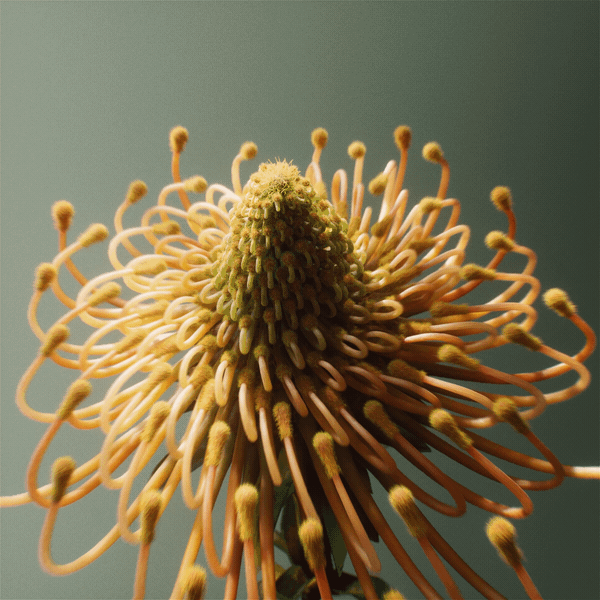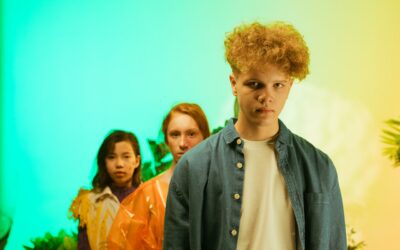This post was originally published on Colossal
Fantastical flowers burgeon and bloom in the digital animations of Zachary Corzine. The Portland, Oregon-based generative designer takes what he describes as a variety of software like Cinema4D, Houdini, Substance, Octane, Redshift, and After Effects to create dynamic, atmospheric visuals.
Between projects for clients like Apple, Audi, Disney, Nike, and many more, Corzine explores new techniques and effects in projects like Faux Flora. Taking inspiration from real botanicals like sunflowers, pincushions, lilacs, and more, he animates each specimen as if recording a timelapse, embracing an otherworldly geometry.

“This series was a year-long passion project, driven by my desire to explore hyper-realized flowers that exist in a space where nature and technology entwine in a delicate, algorithmic dance,” Corzine says. Each specimen is flawless and unfurls with a slightly uncanny polish. He adds:
Each bloom was designed to evoke both familiarity and mystery—forms that echo the organic yet defy the constraints of the natural world. By viewing flora through a procedurally generated lens, we can reimagine the botanical landscape as an ever-evolving entity.
Faux Flora blossomed from the increasing tension Corzine observes between technology and nature—a disparity he finds difficult to reconcile. “As climate change and environmental destruction continue, this project is both a love letter and a means to explore how technology can be used not to replace nature but hopefully reconnect us with it in new and meaningful ways,” he adds.
Explore more on Corzine’s website, Vimeo, and Behance. You might also enjoy Hannes Hummel’s bizarrely beautiful Hybrid Species or Ondrej Zunka’s The Fleur.






Do stories and artists like this matter to you? Become a Colossal Member today and support independent arts publishing for as little as $7 per month. The article Technology and Nature Merge in Zachary Corzine’s Otherworldly ‘Faux Flora’ appeared first on Colossal.





0 Comments